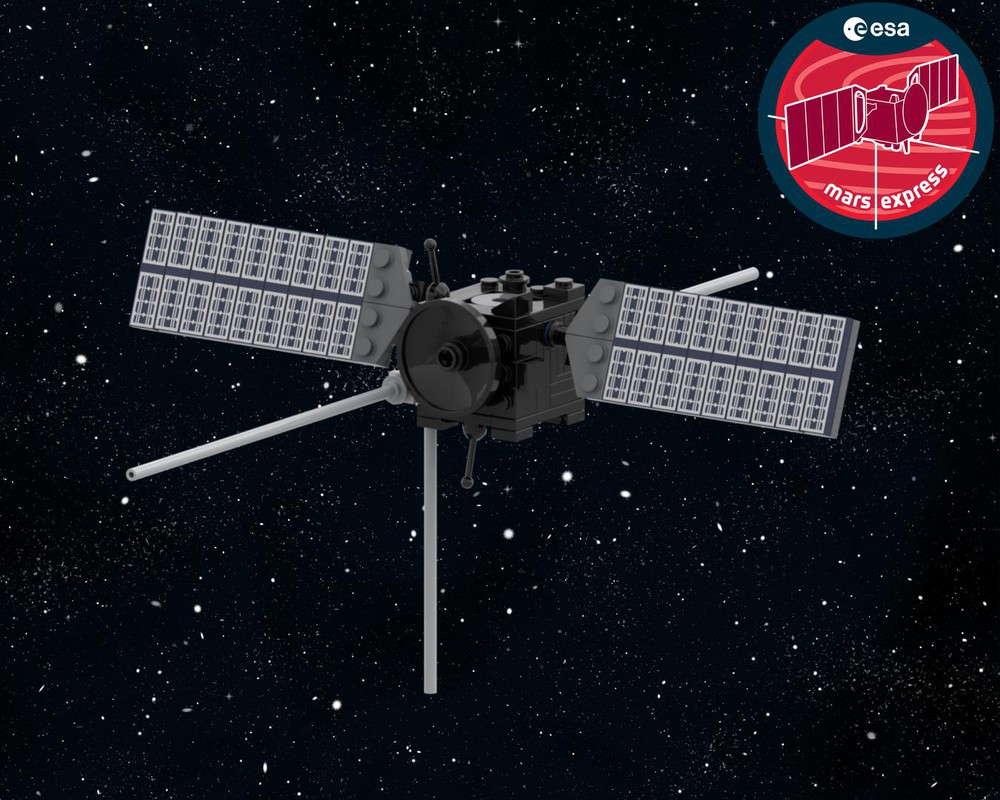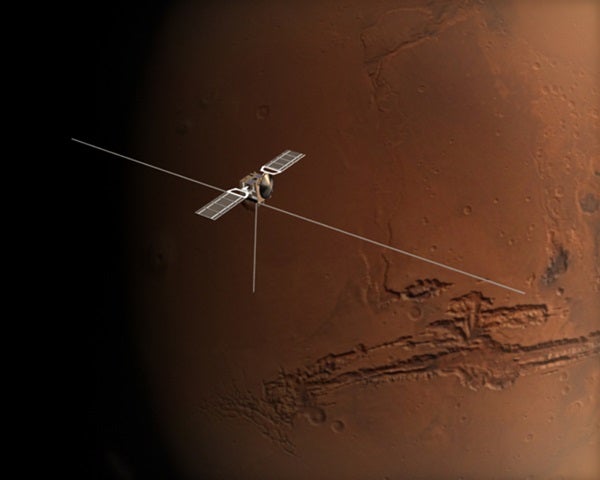Spacecraft design The lessons learnt from the Mars Express mission

Download scientific diagram | Spacecraft design The lessons learnt from the Mars Express mission, with its Beagle Lander, indicated that a landing mission without an active propulsion system has a high degree of risk in losing the mission. This seems to be the case for the Beagle descent mission. Based on this assumption, ESA decided to investigate two landing philosophies, thus: 1. Solid rocket motor braking manoeuvre, supported by a liquid propulsion system with capsuled airbag solution 2. Soft landing with liquid propulsion and a lower floor airbag damping system. from publication: Propulsion Technologies -Present Status and Future Needs for Exploration | Propulsion is an indispensable element for all future space challenges. European concentration in the last 30 years in this sector was focused mainly on launcher and satellite propulsion applications. Now, Europe's future view for exploration on the Moon and Mars missions | Propulsion, Europe and Robotics | ResearchGate, the professional network for scientists.

Mars Polar Lander Mission & Facts What was the Mars Polar Lander
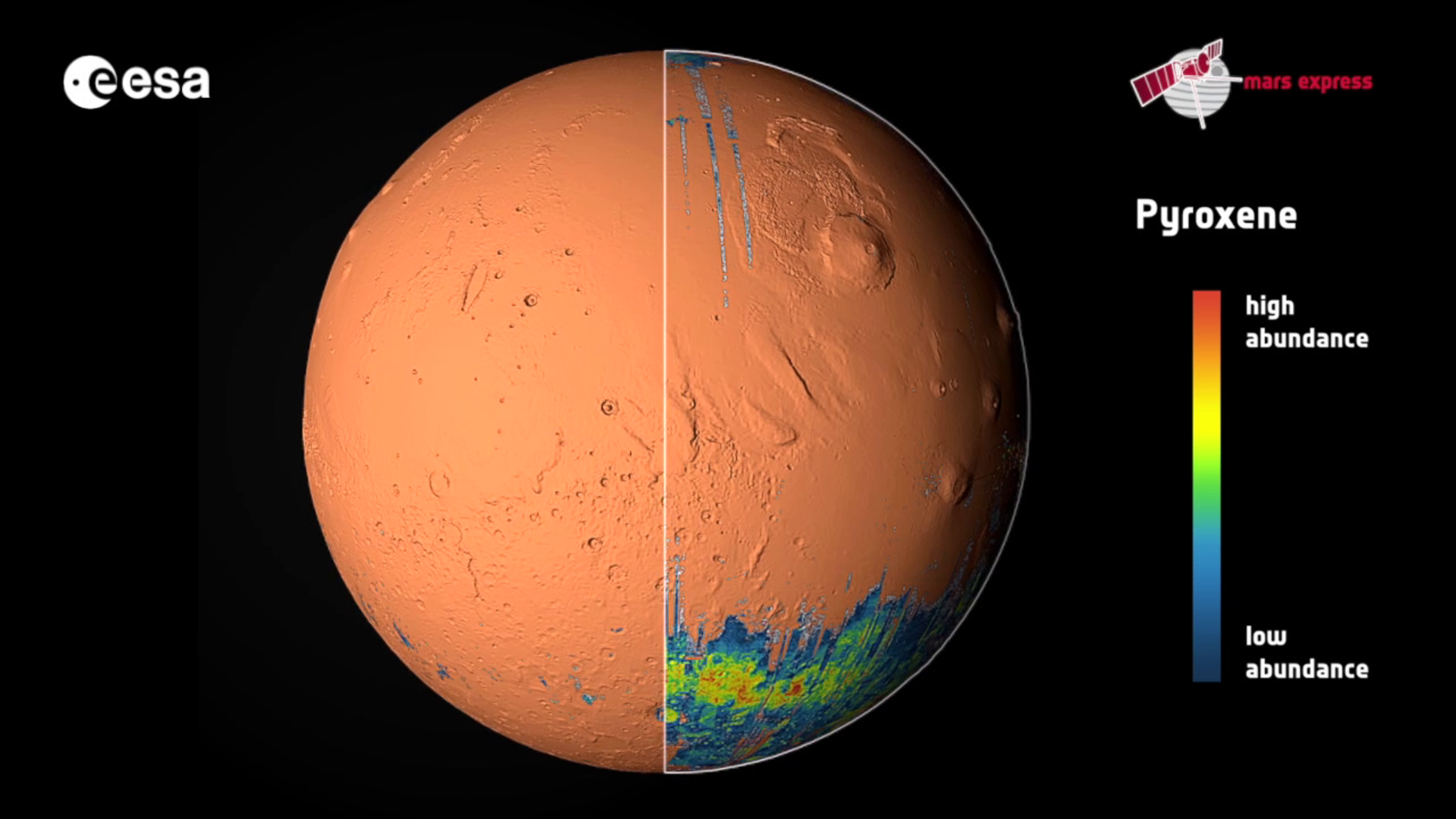
ESA - Ten years at Mars: new global views plot the Red Planet's
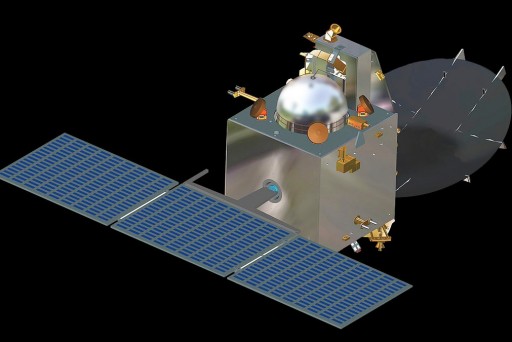
Mars Orbiter Mission – MOM
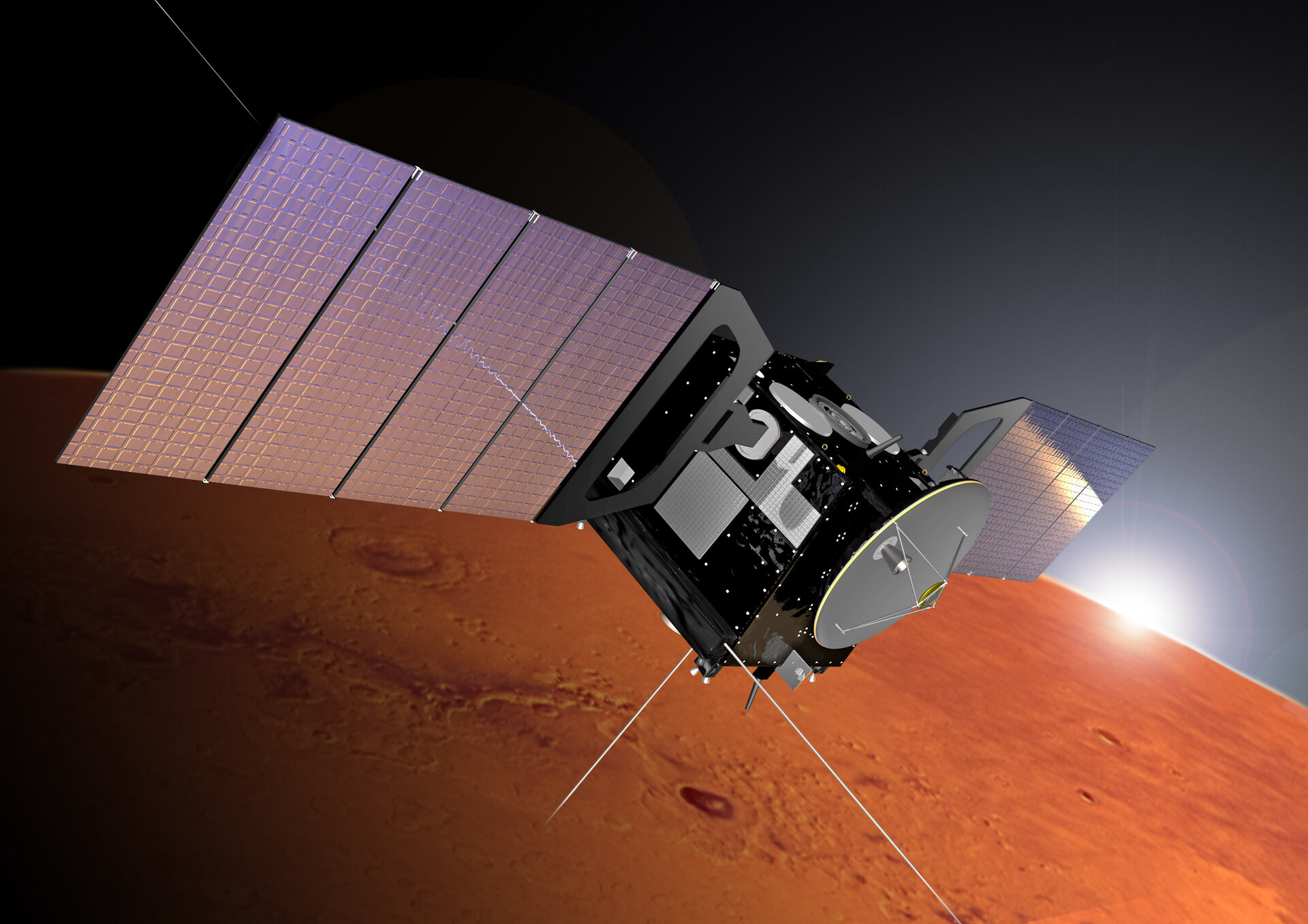
Mars Express - NASA Science
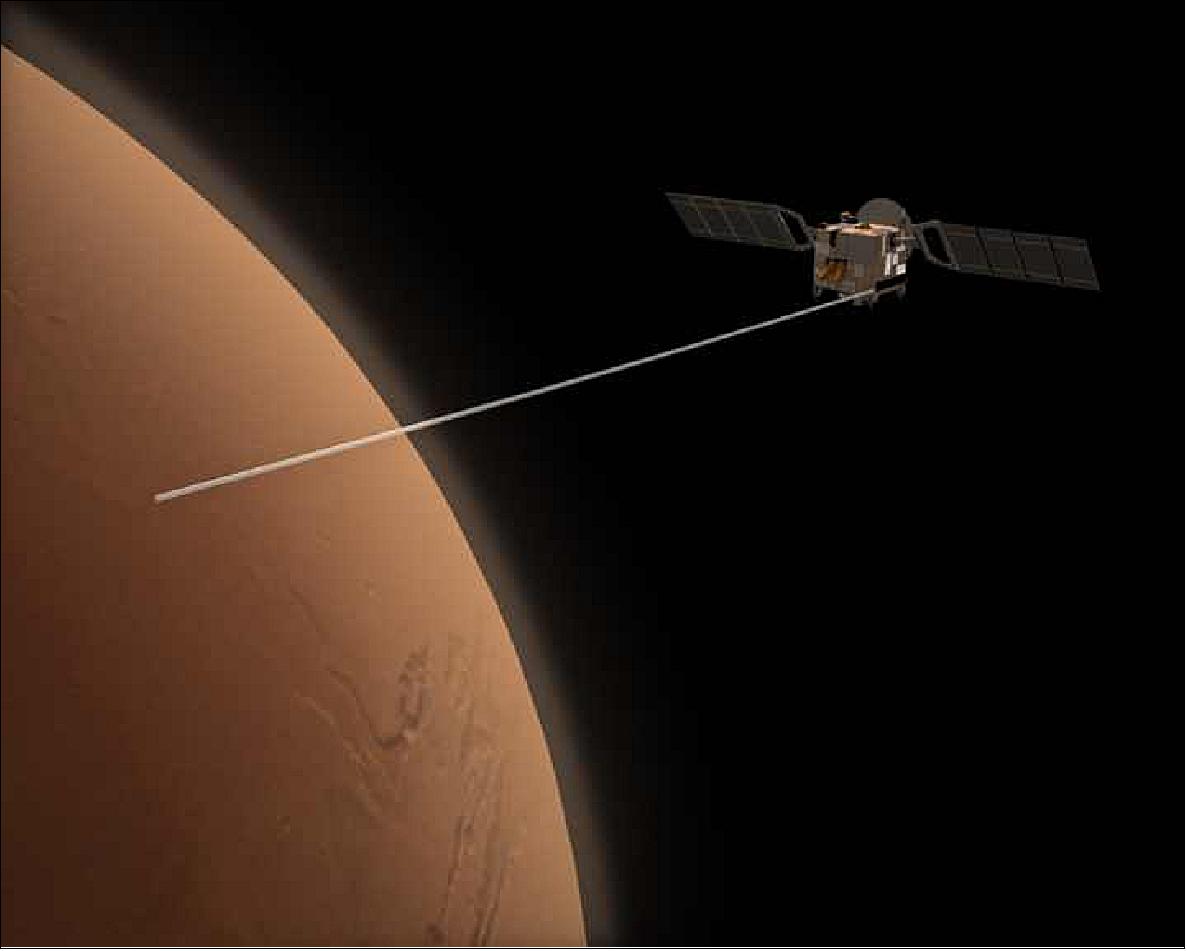
Mars Express 2019-2004 - eoPortal

ESA - Mars Express successfully powers through eclipse season
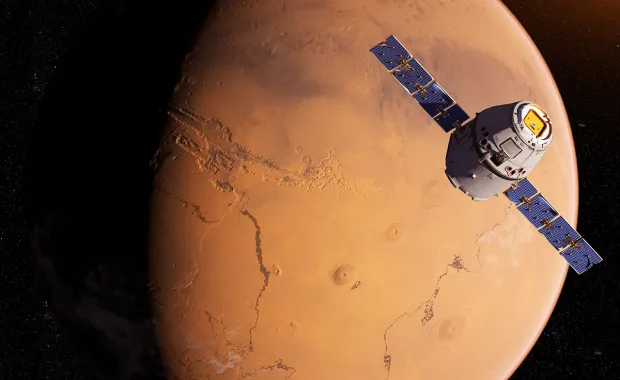
Space Science
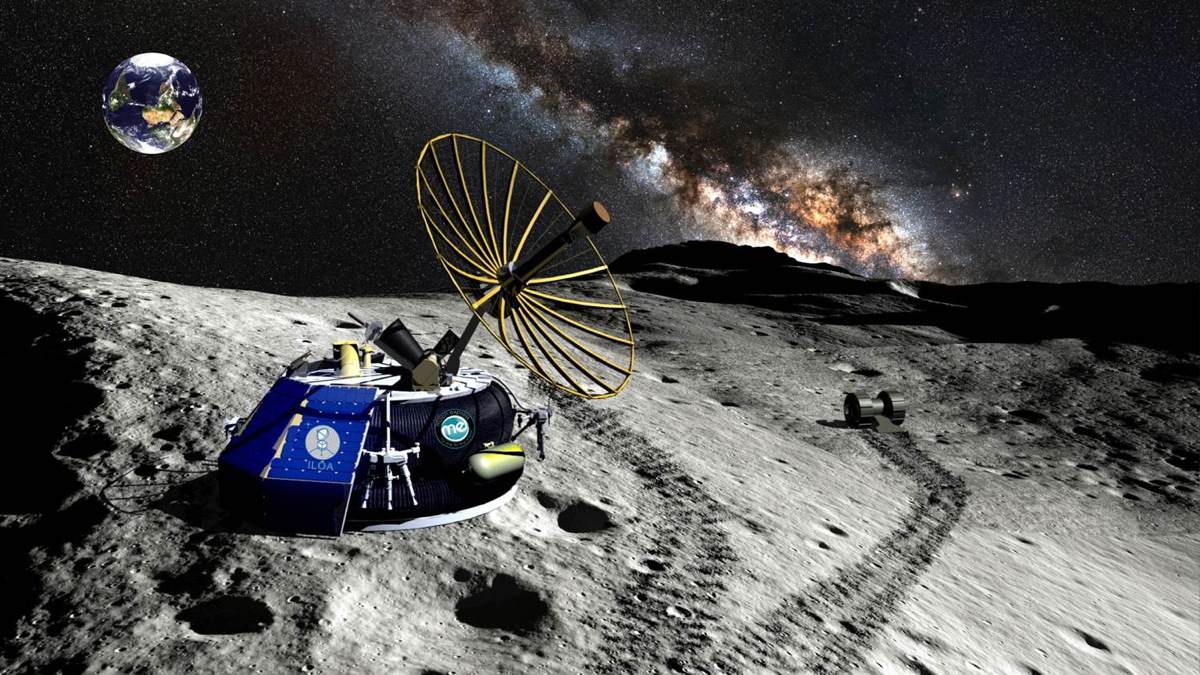
XPRIZE Gives Moon Express a GO for 2017 Launch to Land First

PDF) On-Board Control Procedures for ESA's Deep Space Missions
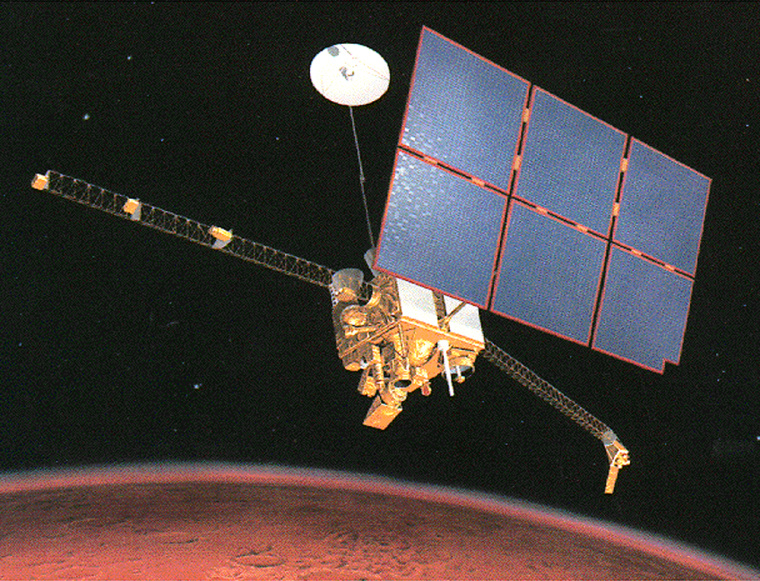
Death Planet' gets a bum rap

Mars Express - eoPortal

ISRO's Mars orbiter was made for mission life of six months

M5 — Mars Magnetospheric Multipoint Measurement Mission: A multi
10 Years & Top 10 Discoveries from Marvelous Mars Express





